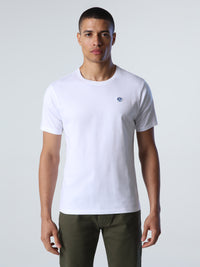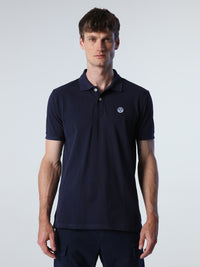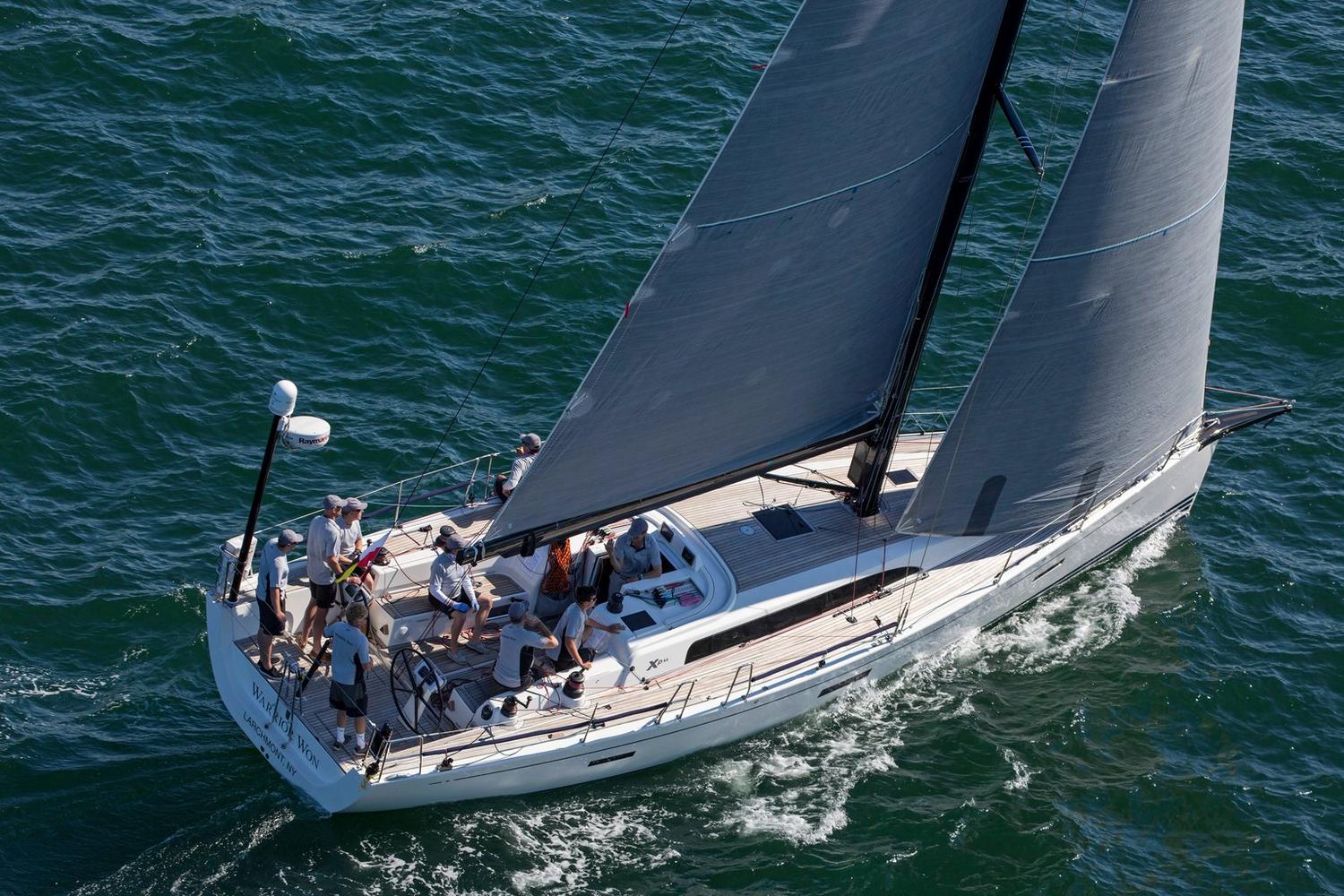WARRIOR WON WINS NEWPORT TO BERMUDA RACE
Christopher Sheehan purchased Warrior Won, a new XP-44, in 2014 with the express goal of competing in the the 2016 Newport Bermuda Race. Warrior Won took the St. David’s Lighthouse Trophy in the historic race, and we caught up with her skipper after he returned to the east coast.
Approximately one third of the fleet dropped out of this year’s Newport – Bermuda Race because of the forecast (upwards of 40 knots and an especially rough sea state in the Gulf Stream). What was your thought process before leaving the dock?
The decision to race was never in question. We are all seasoned offshore racers and the boat was extremely well prepared. The fact is the conditions were near perfect. I respect the owners who did withdraw out of concern for crew who may have not been prepared for even thirty knot winds, or because they had boats that may be prone to expensive breakage in sustained high winds and seas.
Who was on the crew?
I have always felt that the individuals with small one design racing experience are the best crew on a big boat. The final 11 were: Skipper Christopher Sheehan; Watch Captains Paul van Dyke and Doug Lynn; Navigator H.L. DeVore; Bowmen, Ryan Zupon and Chris Simon; additional crew, Peter Carpenter, Roland Schulz, Andres de Lasa, Joost-Olan Sheehan, and Carter Holliday. Collectively we had extensive ocean racing experience on board.
Reviewing the tracker, it looked like Warrior Won worked hard to get east on Saturday morning, and then stayed relatively close to Rhumbline through to the finish. Was working the eastern edge your game plan from the beginning or did you improvise?
Between 36 and 12 hours before the start of the race, Commanders Weather and many others suggested going S-SW to capture breeze and avoid a huge high pressure system forming over Canada and northern New England. That was sound advice, however, by Saturday morning a few very astute navigators noticed that the wind was crashing to the SW and all boats were getting severely lifted. We and a few others gybed out crossing the back of half the fleet for 25 miles heading perpendicular to the course due east, giving up a top five position to be middle of the fleet.
It paid off tremendously to get east of Rhumbline and send it 161 degrees to Bermuda. Thirty miles from the finish the wind got very light but our position favored us as we stayed on Rhumbline and found ourselves in a small rain squall that carried us to the finish. In the words of our navigator, it was a “slow motion knife fight” with the four boats ahead of us. We gybed dozens of times and picked up three spots passing Siren, Maximizer and Crazy Horse. Only High Noon crossed the line before us in the St. David’s Lighthouse Division. Many boats finished under very light conditions.
What was the discussion like onboard when making the decision to gybe east?
Ultimately every course heading for the entire 89 hours was determined by H.L. He deliberated methodically with the watch captains and bowmen based on data gathered from various weather sources and would put Expedition Software to use to come up with an optimal course based on the data. I would say that a mere 30% of the time the computer models were right. H.L. would therefore constantly observe, with his own eyes from on deck, the condition on the water and ahead and finally would reconcile the two to make his own decision which ultimately was the winning decision.
“We raced one boat length—44 feet— at a time, despite 635 miles to Bermuda. Each person would focus intensely on his role every minute whether driving, trimming, navigating, calling tactics, or observing the weather.”
Which sails did you use the most and why?
Once H.L would determine our course, the on-duty watch captain (Doug or Paul) would decide exactly which sails we should use. We were sailing downwind or broad reaching probably 60-65% of the race. Percentage wise we used the Jib Top and Genoa Staysail and the A1 the most amount of time. In addition we used the A0 and Staysail quite frequently as well as the A4. We had the mainsail double-reefed any time winds exceeded 18 knots, which was for a solid third of the race. The boat and sails performed fantastically under these conditions.
Any other secrets to success?
We raced one boat length—44 feet— at a time, despite 635 miles to Bermuda. Each person would focus intensely on his role every minute whether driving, trimming, navigating, calling tactics, or observing the weather. Even when off watch, we’d concentrate on eating, hydrating and sleeping in order to be fresh and strong in four hours. Our navigator focused intensely for the hundreds of hours before and during the race to stay on top of the ever evolving conditions and make hundreds of brilliant decisions.
Unnecessary chatter is a huge distraction which slows the boat down almost immediately. A lost half a knot over 100-150 miles potentially means the difference between 1st or 4th. It’s not a cruise we are on. We all wanted to win. Our definition of fun is doing our absolute best every time we leave the dock, and winning is the only satisfactory result when you put in maximum effort.
Finally, were there any stand-out heroes among the crew?
I am extremely appreciative of Chris Simon who looks after Warrior Won twelve months of the year, and H.L DeVore for the thousands of hours of preparation that he put into setting us up for victory. Additionally my son Joost-Olan, age 16, deserves a great deal of credit for having the courage to race in any conditions and the mental focus to commit to the program, all while playing spring sports and attending to his school work. They are the stand-out heroes.














